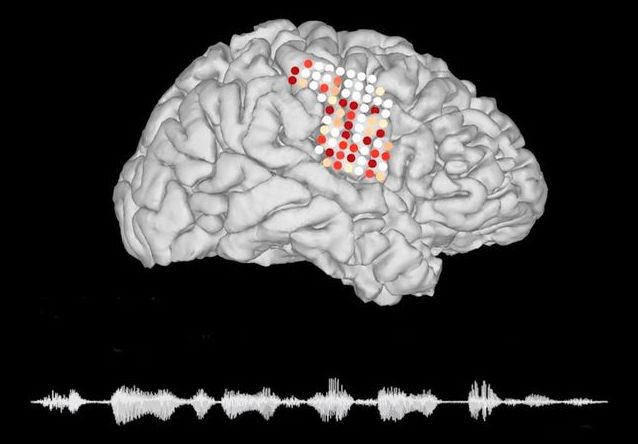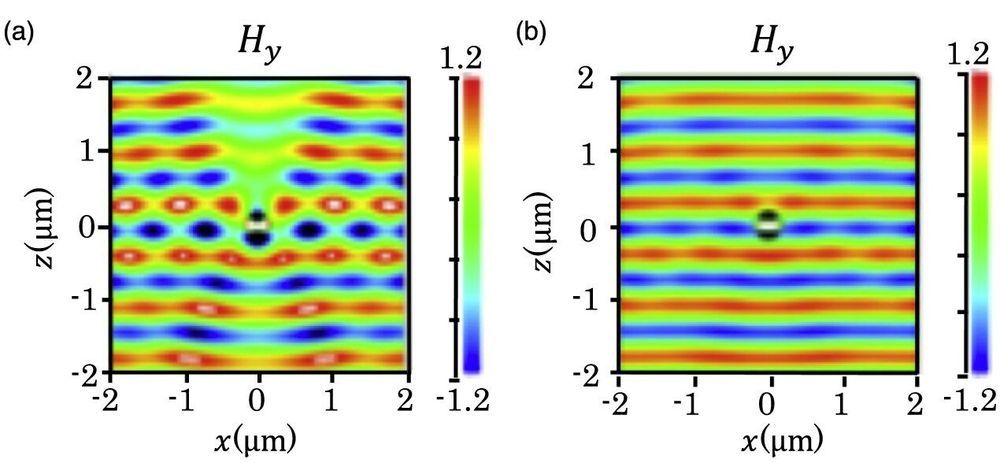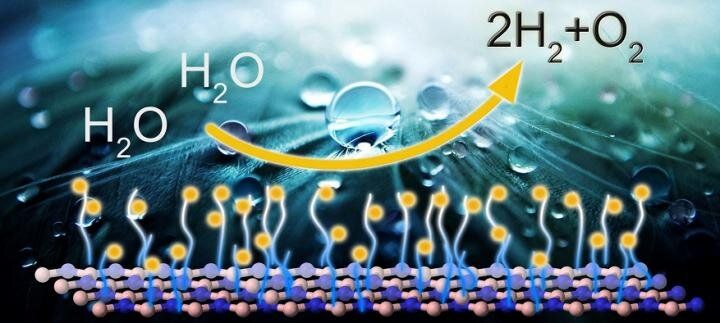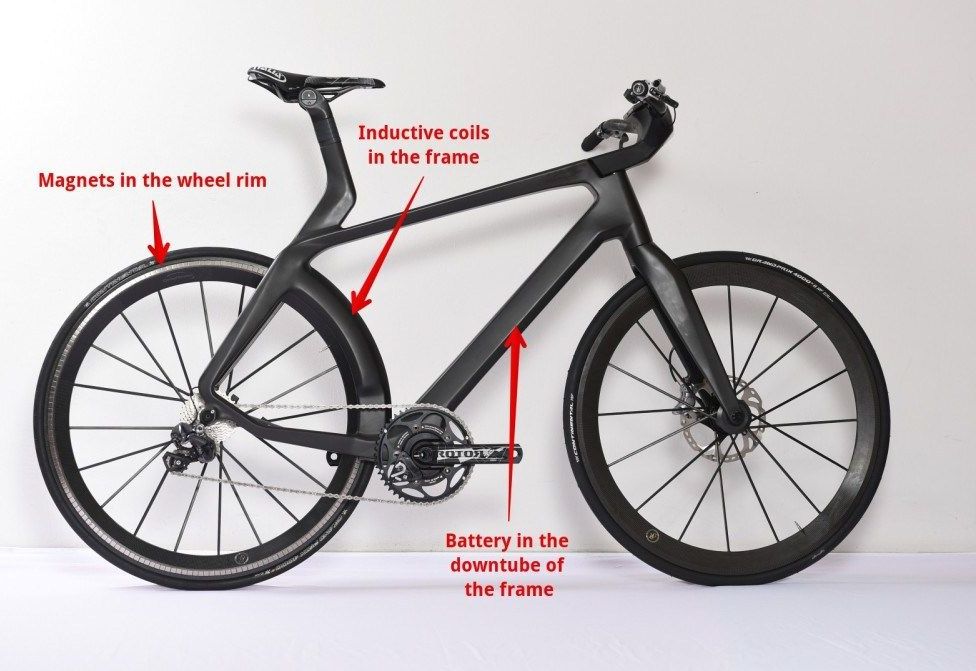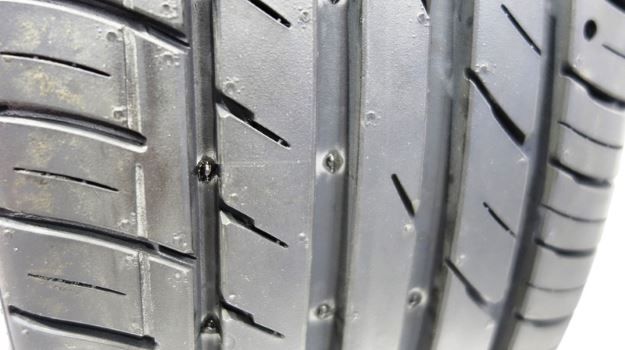Page 9297
Apr 24, 2019
Study opens a new route to achieving invisibility without using metamaterials
Posted by Quinn Sena in categories: electronics, materials
A pair of researchers at Tokyo Institute of Technology (Tokyo Tech) describes a way of making a submicron-sized cylinder disappear without using any specialized coating. Their findings could enable invisibility of natural materials at optical frequency and eventually lead to a simpler way of enhancing optoelectronic devices, including sensing and communication technologies.
Making objects invisible is no longer the stuff of fantasy but a fast-evolving science. ‘Invisibility cloaks’ using metamaterials—engineered materials that can bend rays of light around an object to make it undetectable—now exist, and are beginning to be used to improve the performance of satellite antennas and sensors. Many of the proposed metamaterials however only work at limited wavelength ranges such as microwave frequencies.
Now, Kotaro Kajikawa and Yusuke Kobayashi of Tokyo Tech’s Department of Electrical and Electronic Engineering report a way of making a cylinder invisible without a cloak for monochromatic illumination at optical frequency—a broader range of wavelengths, including those visible to the human eye.
Continue reading “Study opens a new route to achieving invisibility without using metamaterials” »
Apr 24, 2019
Modified ‘white graphene’ for eco-friendly energy
Posted by Quinn Sena in categories: biotech/medical, materials
Scientists from Tomsk Polytechnic University (TPU), together with colleagues from the United States and Germany, have found a way to obtain inexpensive catalysts from hexagonal boron nitride or “white graphene.” The technology can be used in the production of environmentally friendly hydrogen fuel.
The researchers have found a new way to functionalize a dielectric, otherwise known as white graphene, i.e. hexagonal boron nitride (hBN), without destroying it or changing its properties. Thanks to the new method, the researchers synthesized a polymer nano carpet with strong covalent bond on the samples.
Prof Raul Rodriguez from the TPU Research School of Chemistry & Applied Biomedical Sciences explains:
Continue reading “Modified ‘white graphene’ for eco-friendly energy” »
Apr 24, 2019
Secret to lab-on-a-chip breakthrough: Matte black nail polish
Posted by Quinn Sena in categories: bioengineering, biotech/medical, genetics
BYU electrical engineering students have stumbled upon a very unconventional method that could speed up lab-on-a-chip disease diagnosis.
When someone goes to the hospital for a serious illness, if a bacterial infection is suspected, it can take up to three days to get results from a bacteria culture test. By then, it is often too late to adequately treat the infection, especially if the bacteria are resistant to common antibiotics.
BYU students are working on a project to diagnose antibiotic resistant bacteria, or superbugs, in less than an hour. Their method relies on extracting bacteria from a blood sample and then pulling DNA from that bacteria. If specific genetic codes indicating antibiotic resistance are present in the DNA, fluorescent molecules can be attached to these sites. Laser light can then be shined on the DNA samples and the molecules will light up.
Continue reading “Secret to lab-on-a-chip breakthrough: Matte black nail polish” »
Apr 24, 2019
Lightweight Velocité“Maglev” Hidden Motor Electric Bike
Posted by Quinn Sena in categories: energy, transportation
Imagine that instead of adding a motor to a bicycle, parts of the bicycle are designed to function as the motor.
In this case the wheel rim contains the motor magnets and the frame houses the inductive coils. The inductive coils use energy from the battery (hidden in the frame downtube) to repel the magnets on the rim to make the wheel spin.
Lightweight calls this “Maglev Transrapid technology” and they claim that this Velocité eBike can go up to 100 kph (62 mph) with its 500 watts of power! They are currently limiting it to 45 kph (28 mph) to fall with in the limits of a speed pedelec.
Continue reading “Lightweight Velocité‘Maglev’ Hidden Motor Electric Bike” »
Apr 24, 2019
Developing roads that can generate power from passing traffic
Posted by Quinn Sena in categories: energy, transportation
Circa 2017
Researchers are looking at advanced materials for roads and pavements that could generate electricity from passing traffic.
Engineers from Lancaster University are working on smart materials such as ‘piezolectric’ ceramics that when embedded in road surfaces would be able to harvest and convert vehicle vibration into electrical energy.
The research project, led by Professor Mohamed Saafi, will design and optimise energy recovery of around one to two Megawatts per kilometre under ‘normal’ traffic volumes—which is around 2,000 to 3,000 cars an hour.
Continue reading “Developing roads that can generate power from passing traffic” »
Apr 24, 2019
Artificial Intelligence Can Detect PTSD in Your Voice
Posted by Quinn Sena in categories: biotech/medical, information science, mobile phones, robotics/AI
For years, post traumatic stress disorder (PTSD) has been one of the most challenging disorders to diagnose. Traditional methods, like one-on-one clinical interviews, can be inaccurate due to the clinician’s subjectivity, or if the patient is holding back their symptoms.
Now, researchers at New York University say they’ve taken the guesswork out of diagnosing PTSD in veterans by using artificial intelligence to objectively detect PTSD by listening to the sound of someone’s voice. Their research, conducted alongside SRI International — the research institute responsible for bringing Siri to iPhones— was published Monday in the journal Depression and Anxiety.
According to The New York Times, SRI and NYU spent five years developing a voice analysis program that understands human speech, but also can detect PTSD signifiers and emotions. As the NYT reports, this is the same process that teaches automated customer service programs how to deal with angry callers: By listening for minor variables and auditory markers that would be imperceptible to the human ear, the researchers say the algorithm can diagnose PTSD with 89% accuracy.
Continue reading “Artificial Intelligence Can Detect PTSD in Your Voice” »
Apr 24, 2019
Hackers can amplify your key fobs signal, allowing them to steal your car. But there is one simple product you can use to protect your car
Posted by Quinn Sena in category: transportation
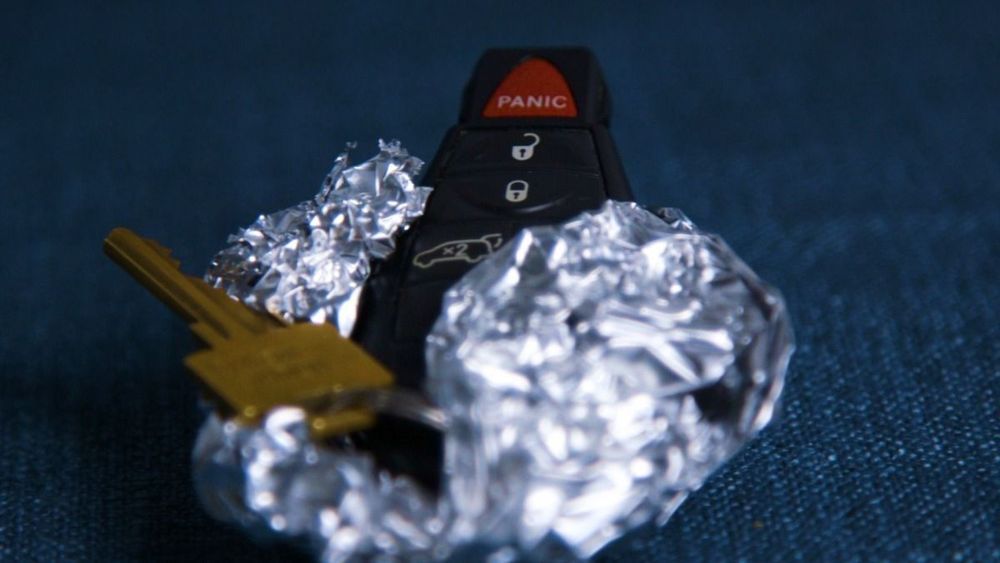
https://youtube.com/watch?v=8NAHqBXoCZs
The method behind the madness is actually quite sound.
Apr 24, 2019
This Wireless Charging Station Table is the Perfect Blend of Elegance and Tech
Posted by Quinn Sena in category: engineering
Apr 24, 2019
Prototype tire repairs itself instantly when a puncture occurs
Posted by Quinn Sena in category: transportation
Circa 2015
I’m sure many of you have experienced that sinking feeling when you’re running out to your car to drive to work only to discover a flat tire. The cause: usually a nail your drove over the night before. It’s 2015, tires shouldn’t suffer punctures anymore, right? Well, they may not for much longer if this prototype tire from Japan makes it to mass production.
The tire is called Coreseal and it has been developed by Japanese company Sumitomo Rubber Industries Ltd. It looks like any other tire fitted on vehicles today, but it has one big advantage. If you drive over a nail and cause a puncture, the tire won’t deflate. In fact, it will repair itself and you’ll likely never know it happened.
Continue reading “Prototype tire repairs itself instantly when a puncture occurs” »
